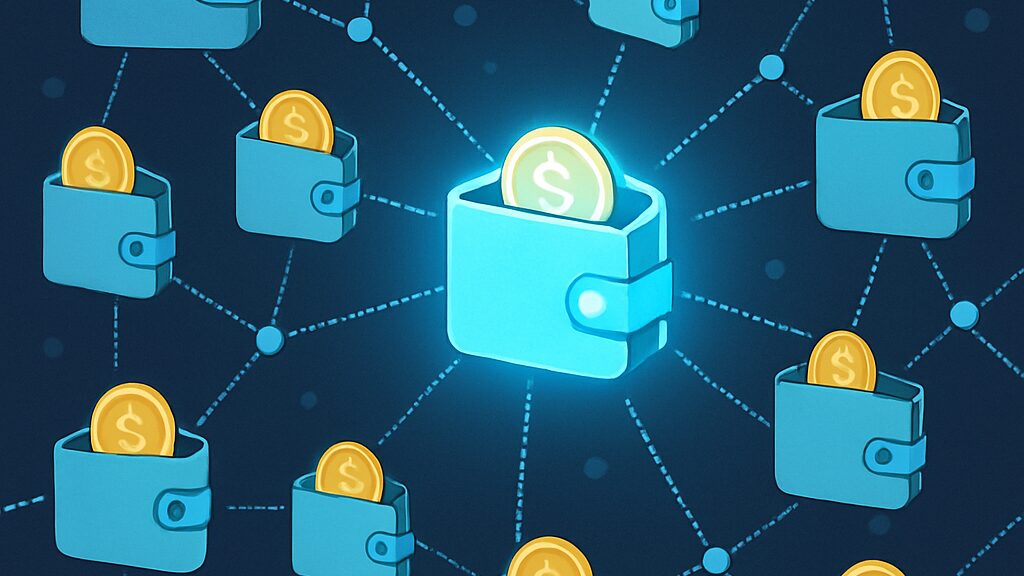Dota 2 YouTube Hack – The Dota 2 YouTube hack sent ripples through the gaming community on October 15, 2025, when official esports channels for Dota 2 and PGL were hijacked to stream a fake crypto promotion. The streams claimed to unveil an “official Dota 2 meme coin,” called dota2coin, using polished branding and professional livestream graphics that mimicked Valve’s authentic style.
The attack wasn’t just a prank—it was a coordinated cyber scam exploiting the credibility of trusted esports organizations to lure unsuspecting viewers into a fraudulent Solana-based crypto scheme. Within hours, similar livestreams appeared on channels belonging to ESL, BLAST Counter-Strike, and Mobile Legends MPL Indonesia, suggesting a large-scale operation.
Quick Look
Timeline – Dota 2 YouTube Hack

- Initial Breach (Oct 15, late evening GMT+8): The Dota 2 YouTube channel suddenly streamed “Dota 2 Launch Official Meme Coin | Hurry Up.” The broadcast mirrored an official Valve event, complete with logos, commentary, and links to the “exclusive coin.”
- Spread to PGL and Others: Within an hour, PGL’s official YouTube was compromised. Other major esports channels followed, indicating a wider systemic breach.
- Community Alerts: Reddit users on r/DotA2 quickly flagged the streams. Fans took to X (formerly Twitter), urging others not to click on suspicious links.
- YouTube’s Response: Fraudulent streams were removed within hours, and both Valve and PGL regained control of their channels by the next morning.
Despite the swift takedown, the event exposed how easily verified esports accounts could be weaponized in crypto scam livestreams.
Inside the Scam – Dota 2 YouTube Hack

The fake livestream scam revolved around dota2coin, a hastily created Solana-based meme coin promoted through Pump.fun, a popular launch platform.
- Fake Presentation: The livestream’s setup mirrored real Dota 2 events, with matching overlays and thumbnails, convincing many viewers it was official.
- Pump-and-Dump Mechanics: Blockchain data later showed that over 98% of the coin’s supply was controlled by one wallet. The coin’s market cap briefly hit $5,000 before crashing more than 20% within minutes.
- Psychological Tricks: Scammers used urgent “Hurry up before it sells out!” messaging and cross-channel replication to enhance credibility.
This formula—official branding, emotional urgency, and financial FOMO—has become the signature of crypto giveaway fraud schemes across YouTube.
How the Hack Happened – Dota 2 YouTube Hack

Cybersecurity experts believe the Dota 2 YouTube hack likely began with phishing emails disguised as sponsorship offers—one of the oldest yet most effective social engineering tactics.
Once a content manager clicked a malicious link, hackers could have stolen session tokens, allowing them to bypass two-factor authentication (2FA) entirely. Some analysts also noted a global YouTube playback outage that same evening, speculating that a broader exploit or Android 2FA vulnerability might have been at play.
Other signs of coordination included:
- Simultaneous breaches across unrelated esports channels.
- Pre-scheduled livestreams with synchronized visuals and pre-recorded voiceovers.
- On-chain evidence of wallet clustering and instant liquidation, suggesting automated scripts behind the attack.
This wasn’t a random breach—it was a well-planned, multi-channel operation designed to exploit both gaming fandoms and crypto enthusiasm in real time.
Community and Industry Reactions

The esports community reacted fast. Viewers flooded social media with warnings, tagging YouTube and Valve to take action. Influencers like Brad Lynch and cybersecurity commentators helped amplify alerts before more viewers could be scammed.
While YouTube’s rapid removal limited financial damage, fans voiced frustration over the silence from Valve and PGL, who have yet to release official statements. Many worry the lack of transparency could make future scams harder to identify.
Industry experts have since weighed in:
- Cybersecurity analysts noted that YouTube hijackings tied to crypto scams have risen sharply since 2020.
- Solana educators like Solandy reminded users to “be more careful with which sites you interact and what coins you buy—many scam tokens are designed to drain wallets.”
- Gaming security advocates called for stronger creator protections, including hardware authentication keys and real-time breach monitoring for verified esports accounts.
The sentiment across forums summed it up best: “Verify before you vibe.”
What It Means for Esports and Online Security

The Dota 2 YouTube hack highlights an urgent truth—no platform or brand is immune to sophisticated cyber threats. For esports organizations, the stakes go beyond stolen accounts: trust in official communications has been shaken.
For YouTube, the attack raises major questions about the platform’s phishing detection systems and how creator accounts are secured against session hijacking. For the crypto ecosystem, it’s another warning about how easily meme coins can be weaponized to defraud users and tarnish legitimate blockchain projects.
The lessons are clear:
- User Vigilance: Never trust links in livestream descriptions, even from verified channels.
- Platform Accountability: YouTube and esports organizers must implement stronger breach detection and emergency response systems.
- Digital Literacy: As gaming and crypto communities continue to overlap, education on scam detection must become part of esports culture.
Ultimately, the October 2025 hack serves as a wake-up call for both gamers and platforms alike. The battle for the future of esports isn’t just about who wins on the map—it’s about who can keep their digital arenas secure.
Closing Thought
The Dota 2 YouTube hack may have been resolved within hours, but its message lingers: in an era where gaming and crypto intersect, the next big esports showdown might not be in-game—it’ll be fought over trust, security, and digital resilience.


